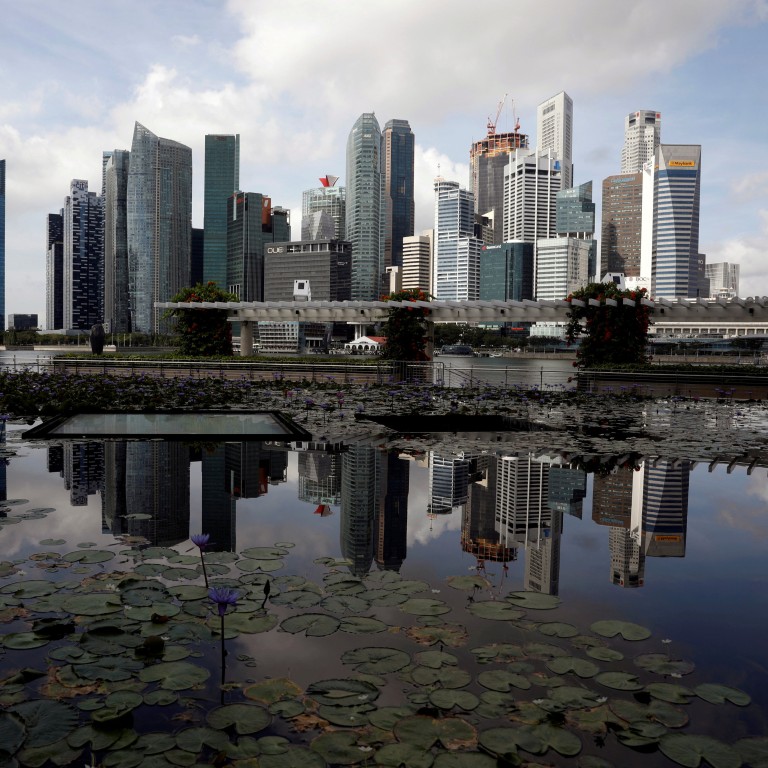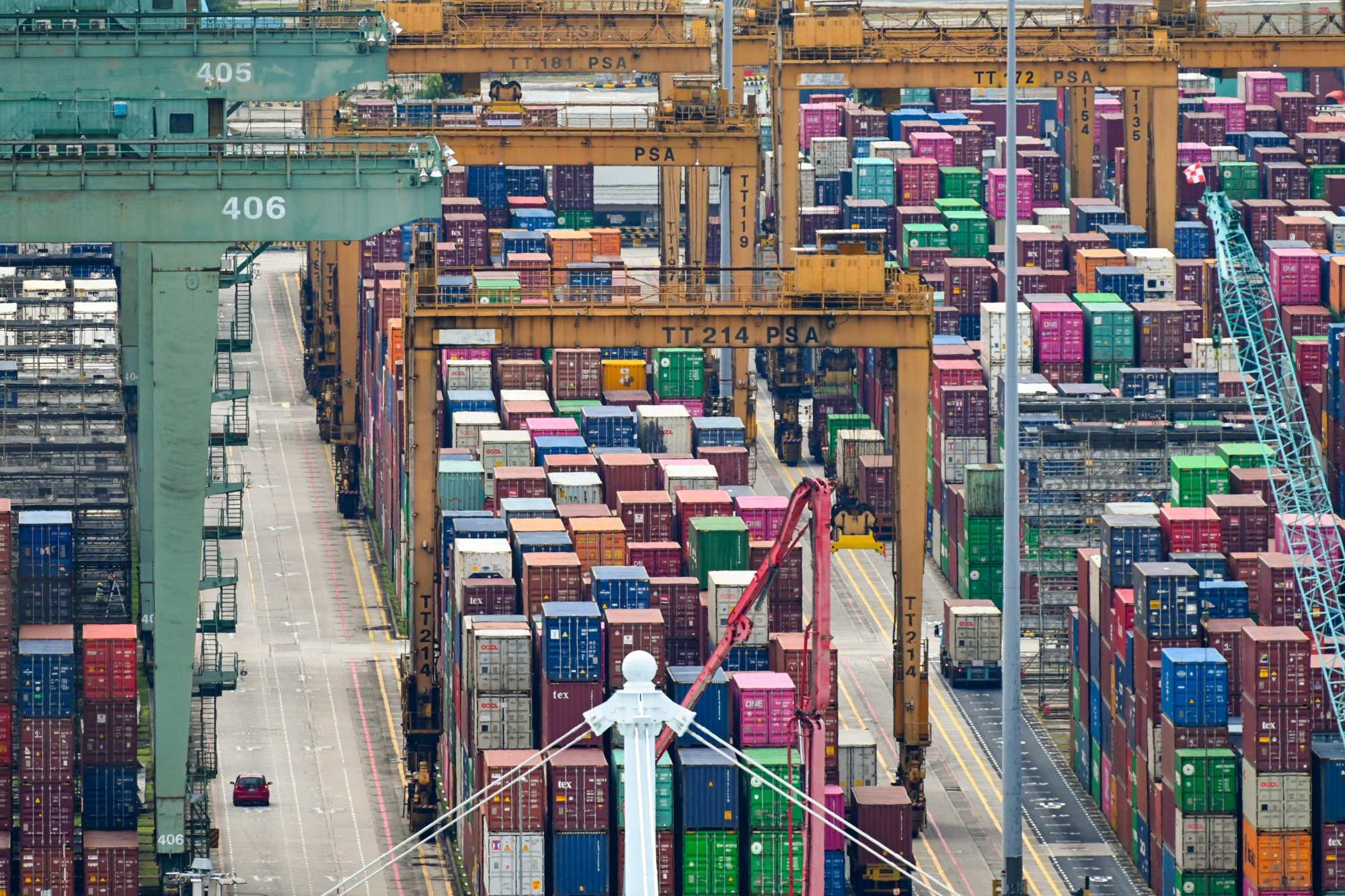
Singapore forecasts growth as low as 0.5 per cent next year as global pressures mount
- The city state’s Ministry of Trade and Industry said GDP is expected to rise by 0.5 per cent to 2.5 per cent next year
- That’s down from about 3.5 per cent this year, as Singapore joins a global trend towards slowing growth
Gross domestic product is expected to rise by 0.5 per cent to 2.5 per cent next year, the Ministry of Trade and Industry said, down from about 3.5 per cent this year as it joins a global trend towards slowing growth.
The Southeast Asian financial hub is often seen as a bellwether for global growth because international trade dwarfs its domestic economy.
“For the rest of the year, the weaker external economic outlook will weigh on the growth of Singapore’s outward-oriented sectors, including the electronics and chemicals clusters,” Gabriel Lim, the ministry’s permanent secretary, told reporters.

The 3.5 per cent GDP growth projection for 2022 was narrowed from an earlier range of 3 per cent to 4 per cent.
The ministry said GDP grew 4.1 per cent year on year in the third quarter, below the 4.4 per cent growth seen in the government’s advance estimate.
In 2023, GDP growth in most major global economies was expected to moderate further, Lim said.
Many central banks are raising interest rates to control inflation, China’s zero-Covid policy is constraining consumption in the world’s second-biggest economy and global supply chain disruptions are dragging on because of the Ukraine conflict.
Spiking inflation? Hong Kong businesses set to shift cost to consumers
Growth in the trade, finance and insurance sectors is expected to be hit by a slowdown in other major economies, Lim said of Singapore’s 2023 outlook.
MUFG analyst Jeff Ng said the city state’s economic growth was dampened by a sharp deterioration of manufacturing performance, especially for electronics, over the past few months.
Singapore’s economic outlook is turning bearish, he said, noting the official forecast for 2023 was below his estimate of 2.9 per cent growth.
On a quarter-on-quarter seasonally adjusted basis, the economy grew 1.1 per cent in the third quarter, compared with the government’s advance estimate of 1.5 per cent growth and the 0.1 per cent contraction in the second quarter.

Edward Robinson, deputy managing director of the Monetary Authority of Singapore, reiterated to reporters that inflation was likely to remain slightly above 5 per cent for the rest of this year and into the first half of 2023.
The authority last month forecast core inflation would average about 4 per cent in 2022, and 3.5 per cent to 4.5 per cent in 2023. It expects inflation to slow down more discernibly in the second half as cost pressures gradually ease.
The city state had tightened monetary policy last month for the fourth time this year to combat inflation.
Robinson said that Singapore’s current monetary policy stance remained appropriate, and the next scheduled review is in April next year.

